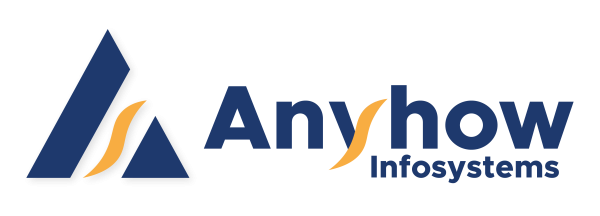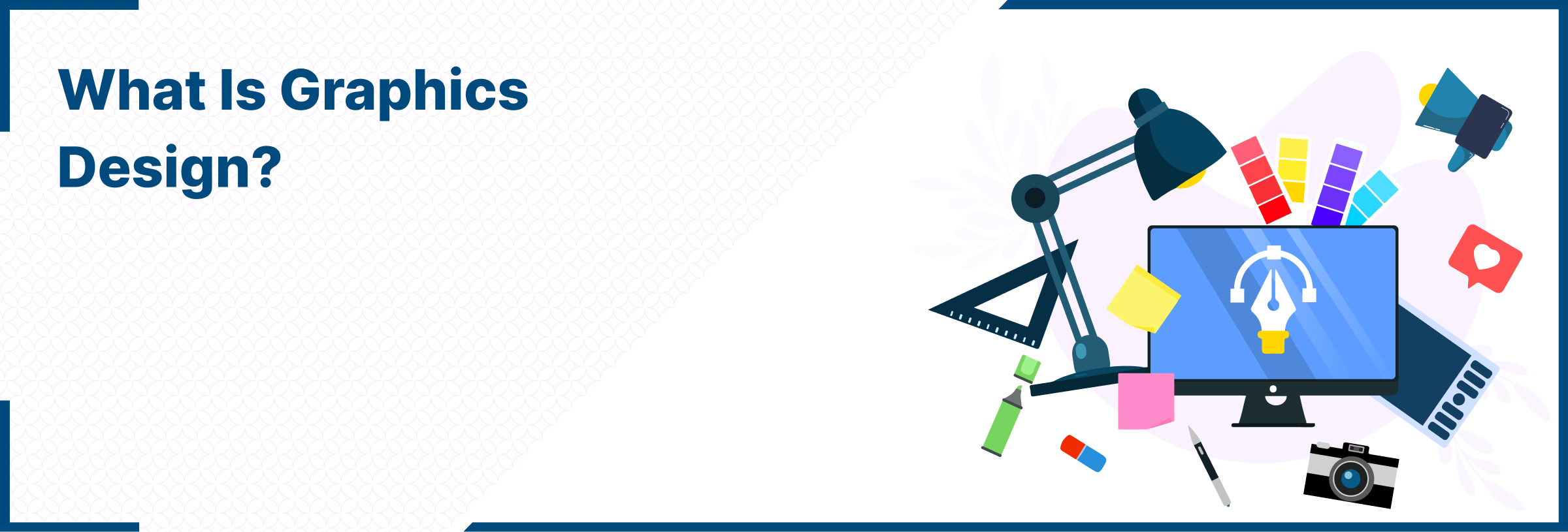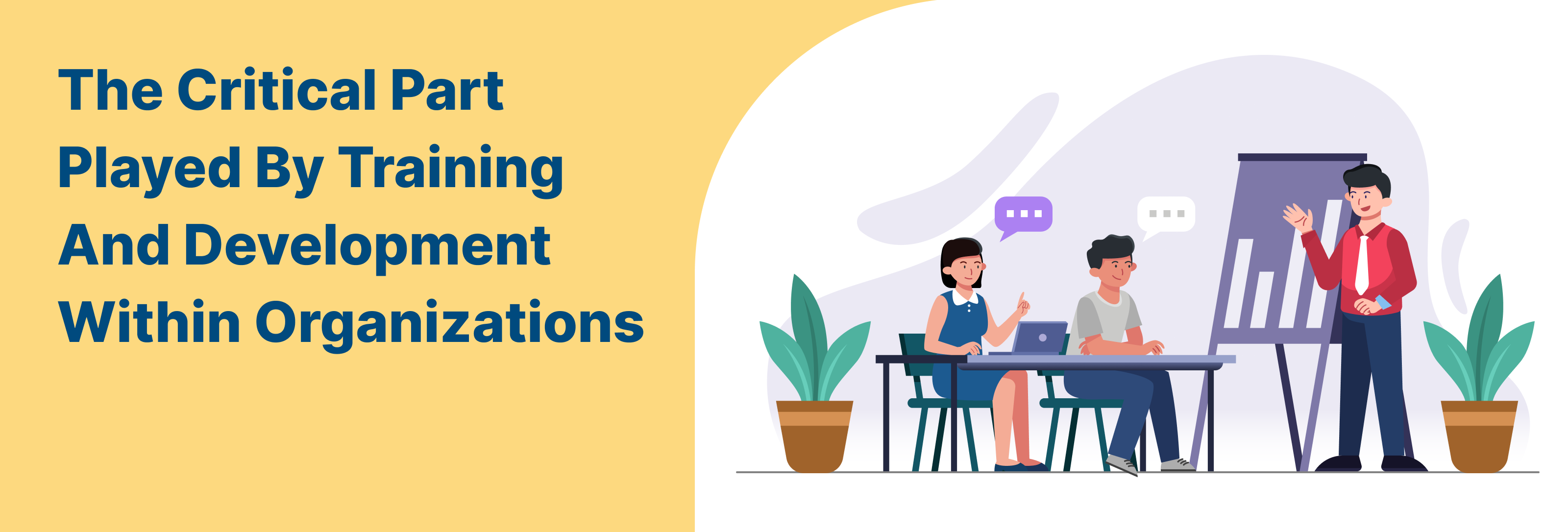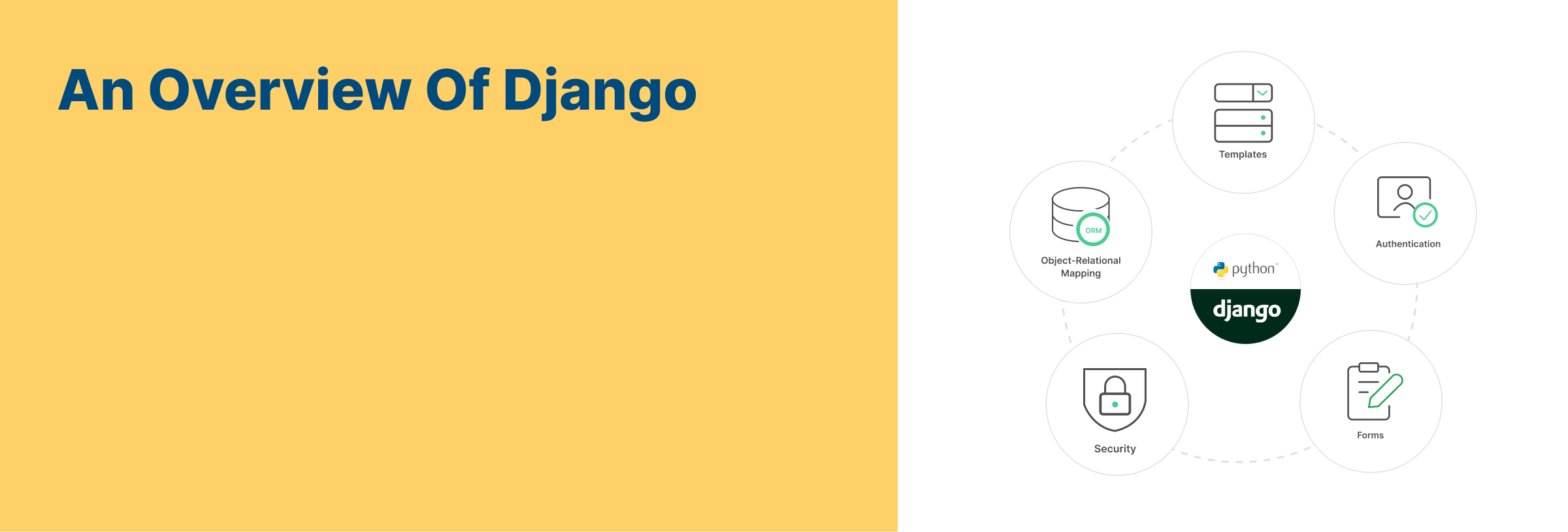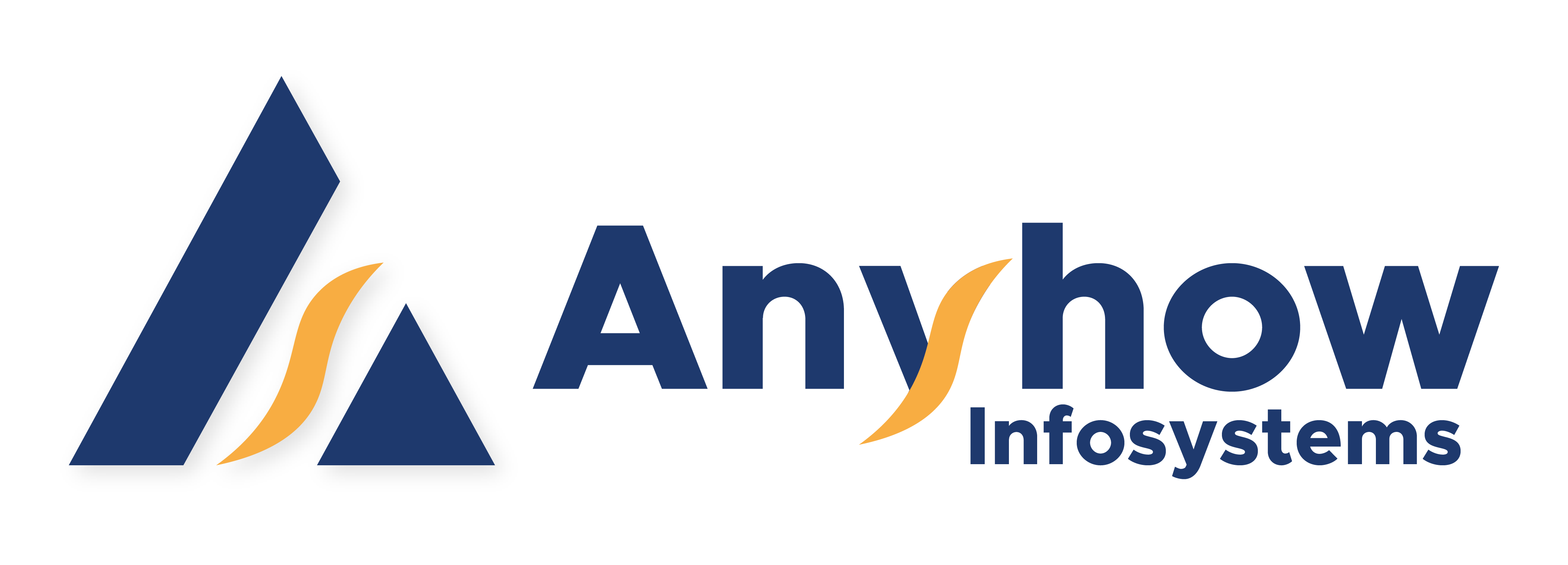Implementing Blockchain: A Comprehensive Guide
Introduction:-
What is blockchain ?
Imagine you have a notebook where you write down every transaction you make. Now, instead of just you having that notebook, everyone in your neighborhood has a copy. Whenever someone does a transaction, they announce it to everyone, and they all write it down in their notebooks.
That’s kind of how a blockchain works, but instead of a notebook, it’s a digital record, and instead of just your neighborhood, it’s thousands of computers all over the world .
Understanding Blockchain Technology:-
Imagine a big, transparent box that can store information like a giant filing cabinet. This box isn’t owned by anyone in particular, but everyone can see what’s inside it.
Now, picture that this box has lots of drawers, and each drawer holds a bunch of files. Each file represents a “block” of information.
Here’s the interesting part: once something is put into a block, it’s there forever, and everyone can see it. But no one can change what’s in the file without everyone noticing.
Now, the magic happens when we connect these blocks together, like linking them in a chain. This is why it’s called a “blockchain.”
Use Cases of Blockchain Implementation:-
- Safe Money Transactions: Imagine you want to send money to a friend far away. With blockchain, you can do this quickly and securely without needing a bank. It’s like handing them cash directly, but over the internet.
- Tracking Goods: Let’s say you buy a product and want to know where it came from. Blockchain can help by recording every step of its journey, from production to delivery. This helps ensure authenticity and prevents fraud.
- Medical Records: Your medical information is sensitive and needs to be kept private. Blockchain can securely store your medical records, allowing doctors to access them when needed while keeping your data safe from unauthorized access.
- Voting Systems: Voting is crucial for democracy, but it’s not always secure. Blockchain can create a tamper-proof voting system where every vote is recorded transparently. This helps prevent fraud and ensures fair election .
Challenges and Considerations:-
- Rules and Regulations: Just like the real world, there are rules to follow in the digital world too. Implementing blockchain means making sure you’re following all the laws and regulations related to data privacy, security, and financial transactions.
- Keeping It Safe: While blockchain is pretty secure, it’s not foolproof. There are still risks like hacking or fraud. So, you need to take extra steps to keep your blockchain network and data safe from bad actors.
- Getting Everyone on Board: Blockchain works best when lots of people use it. But getting everyone to agree and adopt it can be tricky. You might face resistance from people who aren’t familiar with blockchain or don’t see its benefits right away.
Making It Work with Other Systems: Many businesses already have their own systems for handling data and transactions. Integrating blockchain with these existing systems can be a challenge and might require some changes to how things are done.
Conclusion:-
- It’s Secure: Blockchain helps keep information safe and trustworthy by making it hard to tamper with.
- It’s Transparent: Everyone can see what’s happening on the blockchain, which builds trust and accountability.
- It Solves Problems: Blockchain can be used in many ways, from sending money to tracking goods, making things more efficient and reliable.
- But It’s Not Perfect: There are still challenges to overcome, like following rules, keeping it safe, and convincing people to use it.
Overall, blockchain has a lot of potential to change how we do things for the better. It’s like a digital superhero, making transactions and data more secure and transparent.
